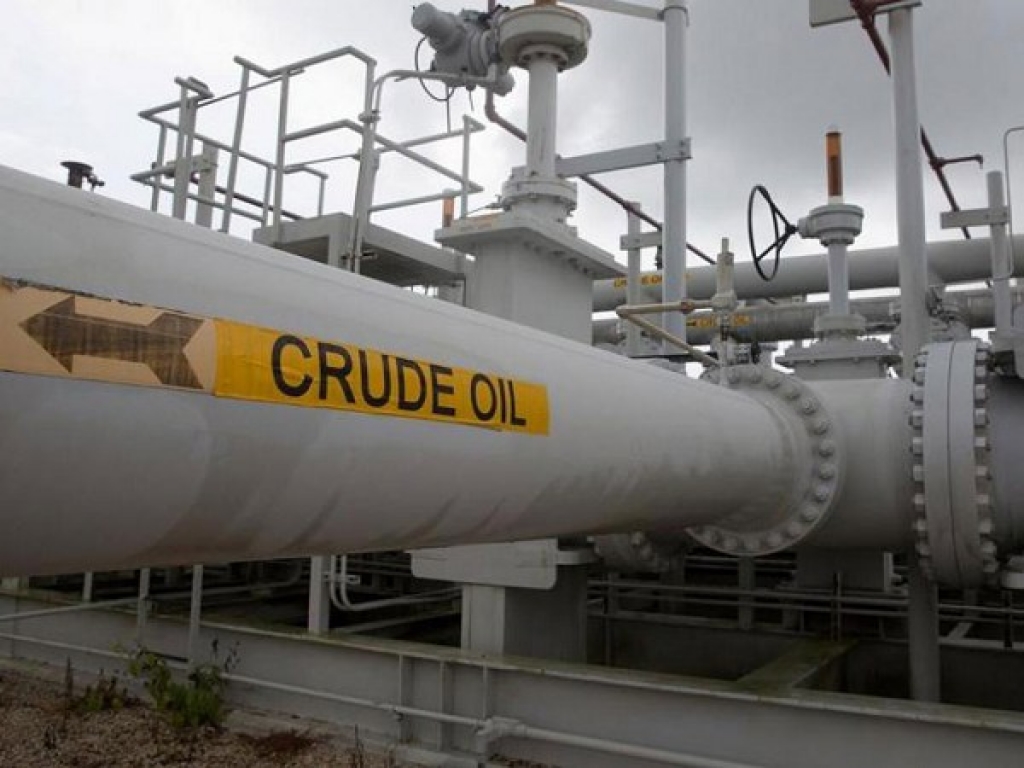 LAUNCESTON: Iran's crude oil exports last month were either less than two supertankers' worth, or as much as one of the giant vessels every two days, depending on who has the most accurate data.
LAUNCESTON: Iran's crude oil exports last month were either less than two supertankers' worth, or as much as one of the giant vessels every two days, depending on who has the most accurate data.
The huge discrepancy between industry experts and analysts on the true volume of Iran's exports shows just how difficult it has become to get accurate figures since the United States ended sanctions waivers for the country's top eight buyers.
Iran's exports were down to as little as 100,000 barrels per day (bpd) in July, not even enough to fill two very large crude carriers (VLCCs), which carry around 2 million barrels each, according to an industry source who tracks oil flows.
Refinitiv - which monitors shipments based on vessel-tracking, port and other data - also estimates Iran exported about 120,000 bpd in July, if shipments of condensate, a type of light crude are included.
If these numbers are accurate, it would represent a major drop from at least 400,000 bpd exported in June, and an even more dramatic plunge from the 910,000 bpd Iran exported in April, the month before the US waivers expired.
Iran is capable of shipping far more, with the 2.6 million bpd it exported in April 2018, the month before US President Donald Trump withdrew the United States from the multi-lateral deal with Tehran to limit its nuclear programme, indicative of the nation's potential.
The problem is that there are also numerous industry sources who believe Iran's exports are substantially higher than what can be seen by ship-tracking data or confirmed by port officials.
Vessels are supposed to keep their Automatic Identification System (AIS) tracking signals active at all times, but it is well known that many tankers used by Iran turn these systems off to mask their loadings and unloadings.
Satellite tracking can help monitor activities like ship-to-ship transfers done on the open seas, but it's also impossible to cover every square metre of ocean.
Kpler, another service tracking oil movements by tanker, said Iran had loaded 417,000 bpd of crude and condensate onto tankers in July, down 115,000 bpd from June.
It's unclear, though, if the crude loaded is headed for a destination or is just being stored, with Kpler estimating that Iran's floating storage is about 56 million barrels - double that of two months ago - due to a lack of buyers.
CRUDE IN THE SHADOWS
Another tracking service, TankerTrackers.com, told Reuters via email that it estimates Iran's exports at between 500,000 to 1 million bpd for July.
Some of these exports include what co-founder Samir Madani called a "sophisticated setup based on cloaked ship-to-ship transfers over a period of two months", with one China-bound cargo apparently being transferred via four different VLCCs.
Another oil industry expert, who requested anonymity as he isn't authorised to talk to the media, said one of Iran's major buyers has allocated billions of dollars to purchasing crude through mechanisms that the tracking services can't monitor.
Overall, the picture that emerges is that Iran's crude exports are down sharply from what it was shipping prior to the expiry of the US waivers, but just by how much exactly is hard to quantify.
One piece of hard data is available, however, namely crude oil pricing, and if Iran's exports really had plummeted by as much as 800,000 bpd in little over two months, it would be reasonable to expect prices for similar grades of crude to have responded to what would be a major cut in supply.
Iraqi Basra Heavy, as assessed by commodity price reporting agency Argus, closed at $64.32 a barrel on Wednesday, up 9.2% from a four-month low of $58.94 on June 6.
Global benchmark Brent crude futures ended at $65.17 a barrel on Wednesday, up 8.7% from a five-month low of $59.97 on June 12.
What this shows is that while Basra Heavy, a crude similar to much of Iran's output, has outperformed the benchmark light crude, it hasn't done so by much. This suggests that there isn't yet a scramble among the main refining customers in Asia to secure alternative supplies to those from Iran.






















Comments
Comments are closed.